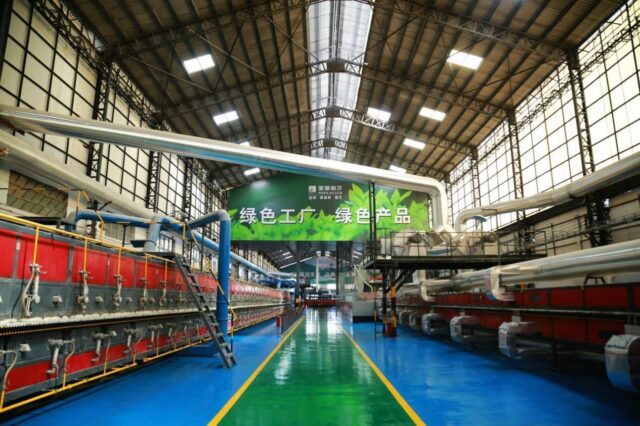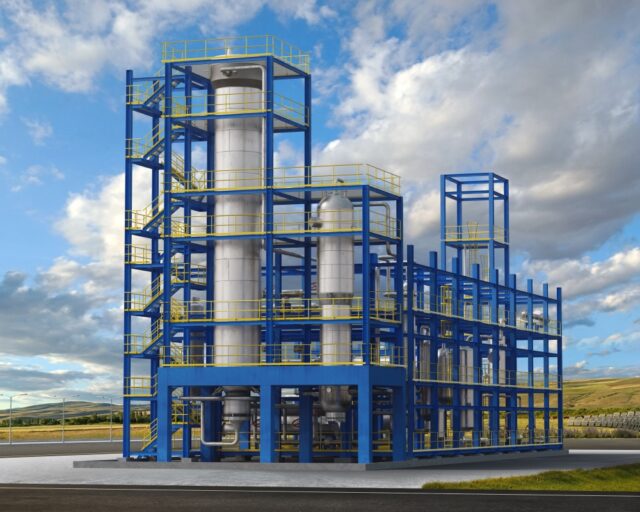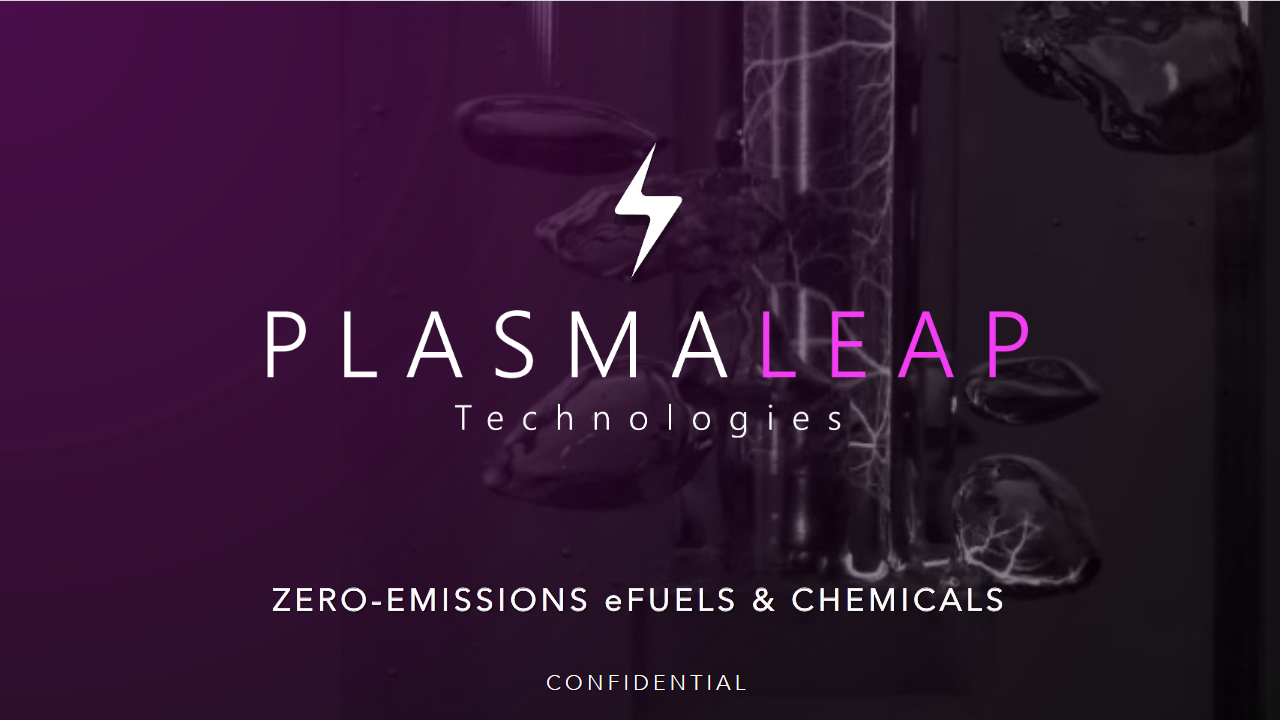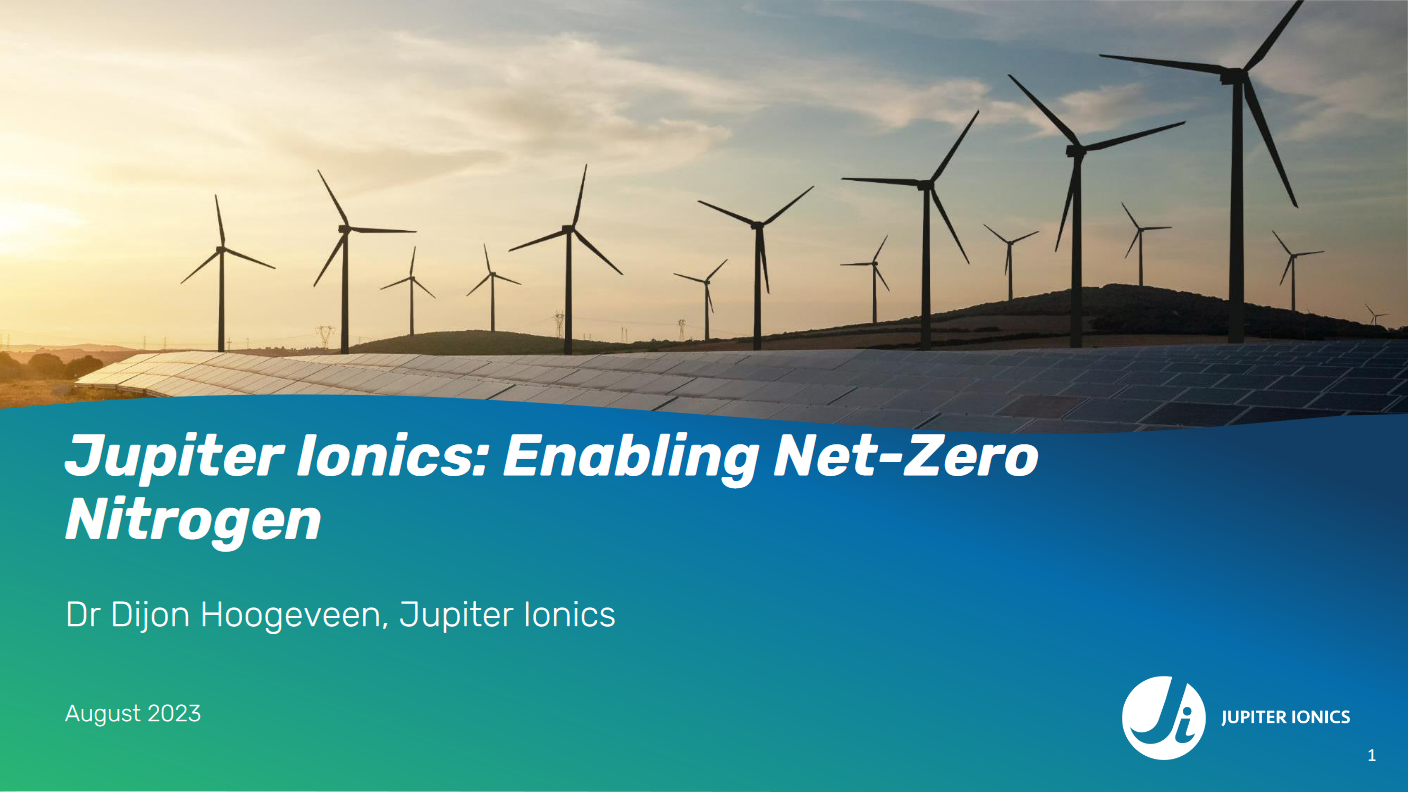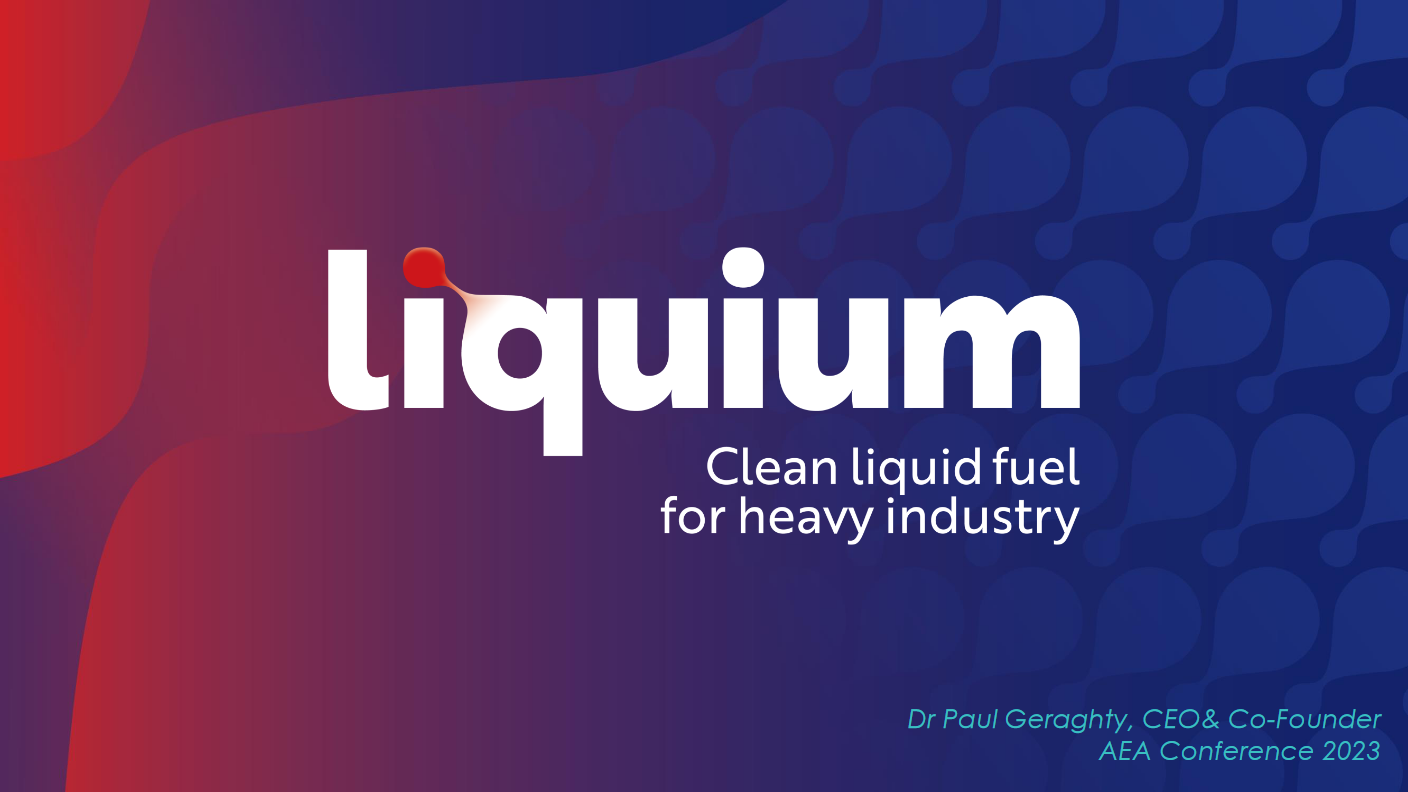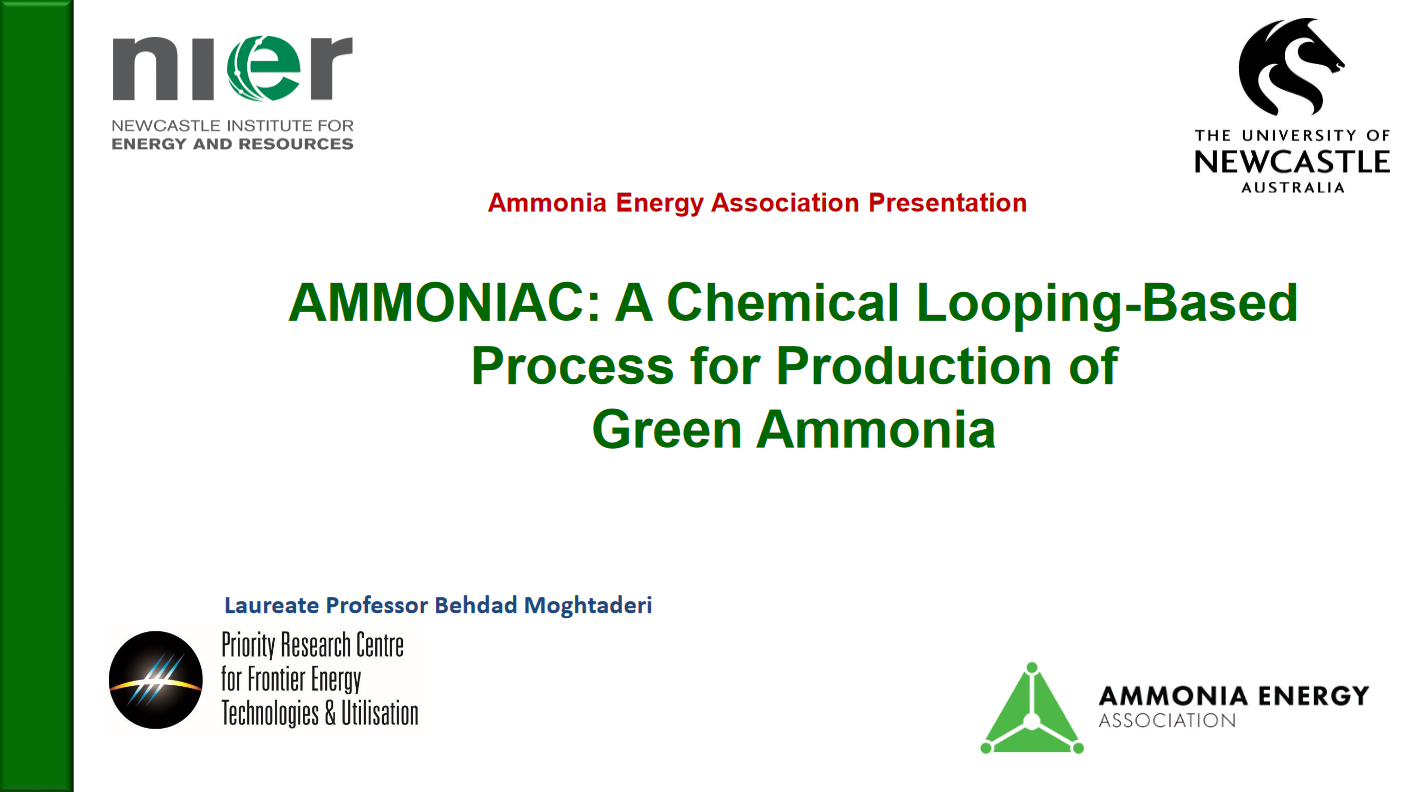The recent Symposium on Ammonia Energy in Shanghai showcased the latest ammonia energy R&D, including cutting-edge work on catalysts, direct ammonia combustion, large-scale co-firing and industrial ceramics production.
Distributed ammonia synthesis
Licensor selection picking up for renewable ammonia synthesis loops
One of the key steps in project development is the selection of the licensor for the renewable ammonia synthesis loop. For renewable ammonia projects, licensors including KBR, Topsoe, Thyssenkrupp Uhde, Casale, and Stamicarbon offer a range of technologies and services covering small to large-scale ammonia production. We explore these different technology offerings, as well as the growing list of projects where they are being deployed.
Talus, Minbos to deploy modular ammonia production in Angola
The pair have agreed to deploy Talus’ modular, renewable powered ammonia production technology at the Capanda Green Ammonia Project in Angola. Fertilisers will be produced for the fast-growing domestic agricultural market in Angola, which currently does not have any primary fertiliser production capacity.
Kenya: reducing imports with local, renewable fertilizer production
Kenya aims to substitute 50% of current, ammonia-based fertilizer imports with locally-produced alternatives, based on the production of electrolytic hydrogen. New guidelines from Kenya’s Energy and Petroleum Regulatory Authority set carbon intensity thresholds for “green” hydrogen and ammonia, as well as the incentives on offer for project developers. The new launch follows commitments to promote local fertilizer production made by heads of state at the Africa Fertilizer and Soil Health Summit. We also explore two existing renewable projects in Kenya from Maire Tecnimont and Talus Renewables.
Talus Renewables: modular, renewable fertilizers in Kenya & Iowa
US-based Talus Renewables has deployed its modular, containerised ammonia & fertiliser production system in Kenya. Solar power and water will be utilised to produce one tonne per day of fertilizer for the Kenya Nut Corporation, with multiple, larger plants already planned. The system will also be deployed in the US for the Iowa-based Landus Cooperative.

